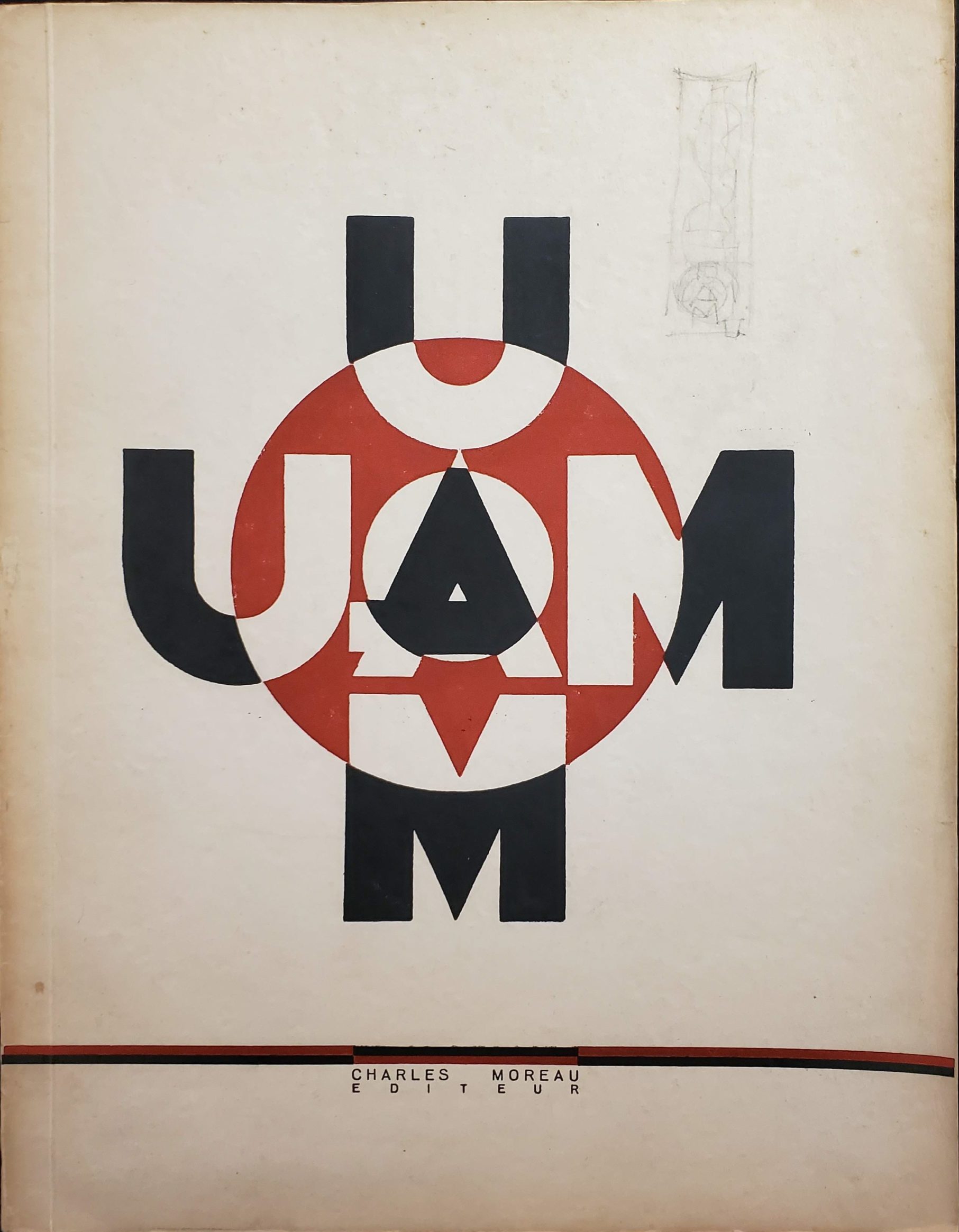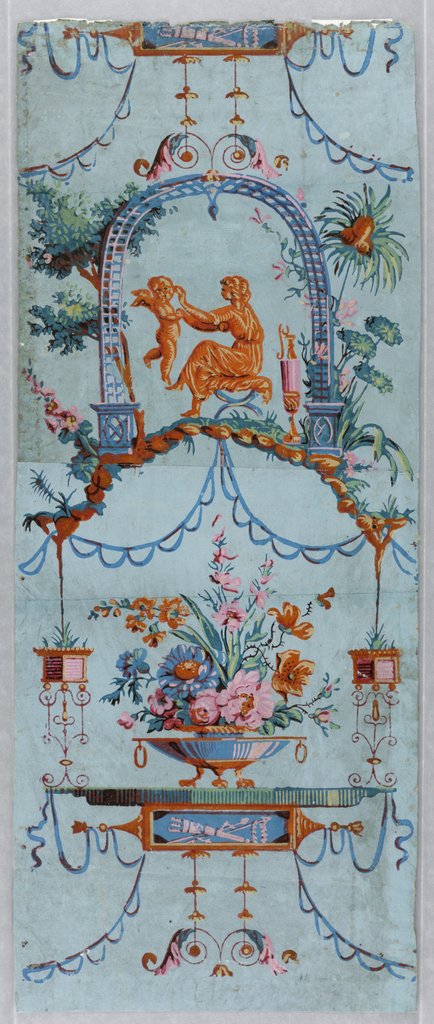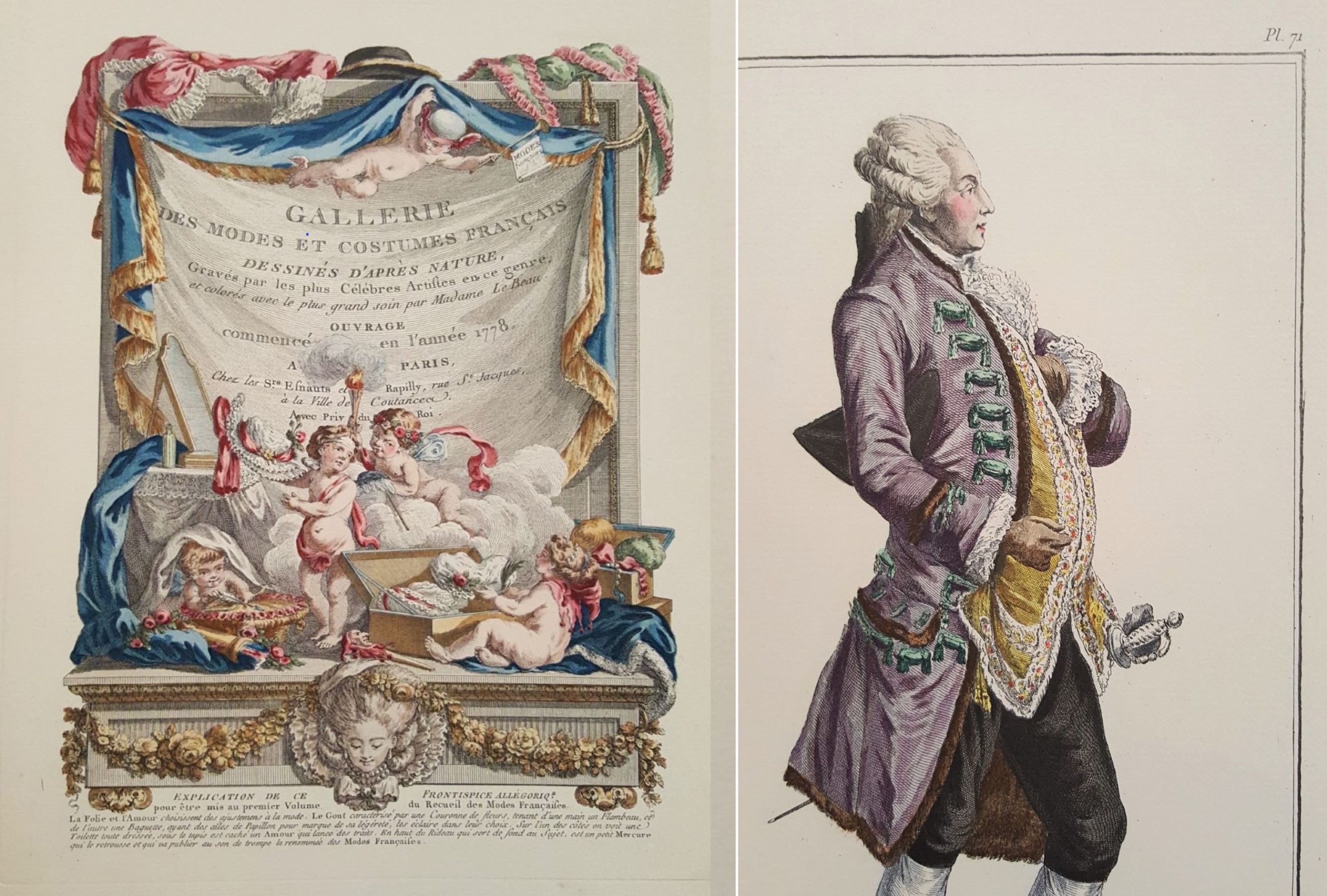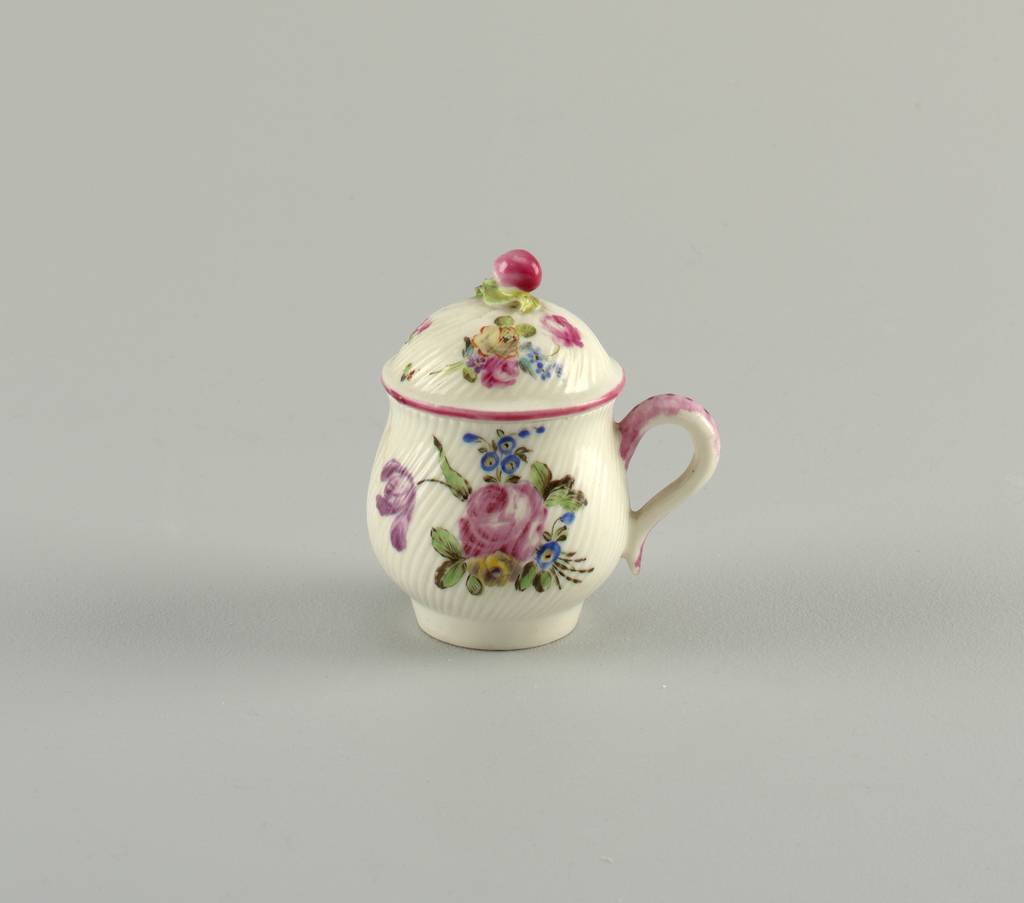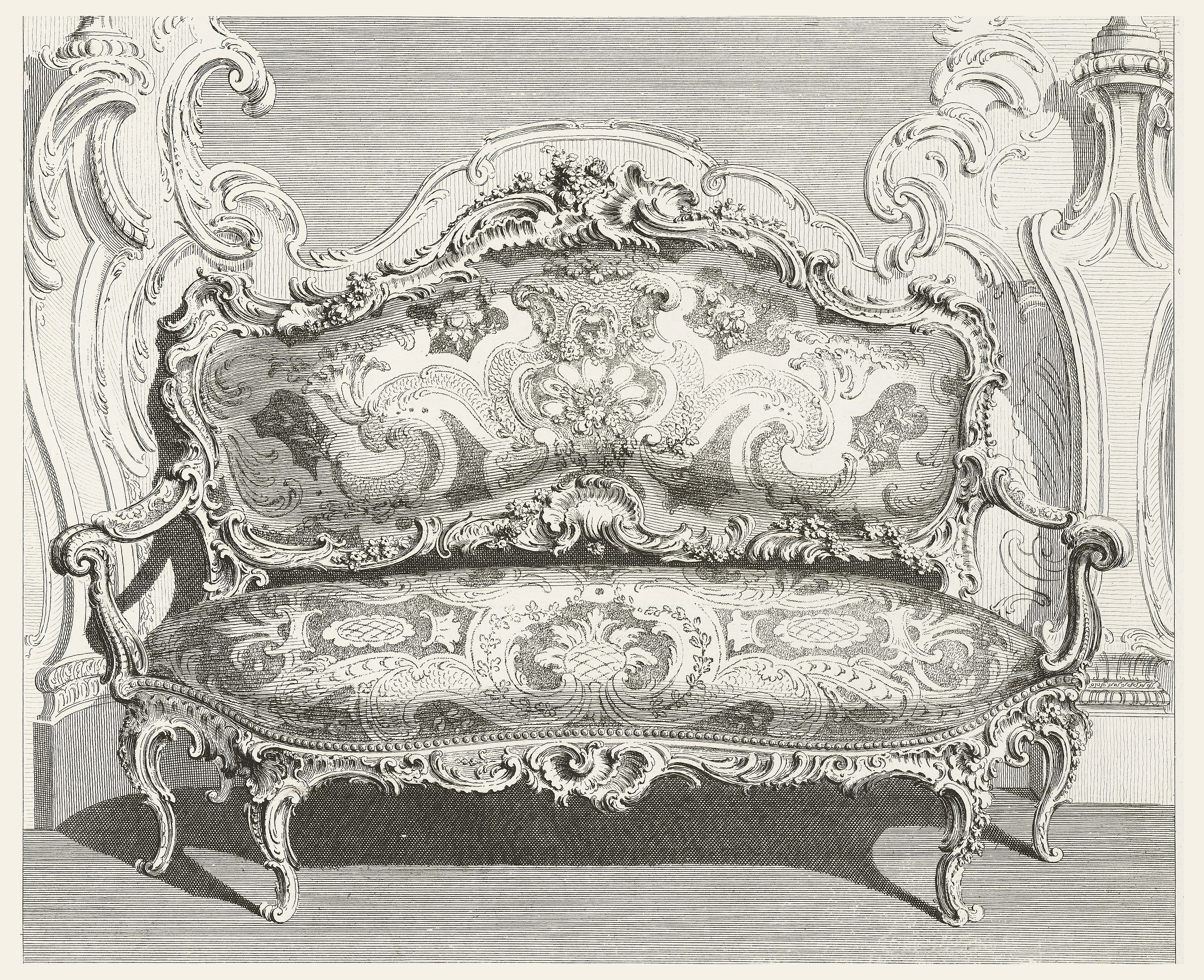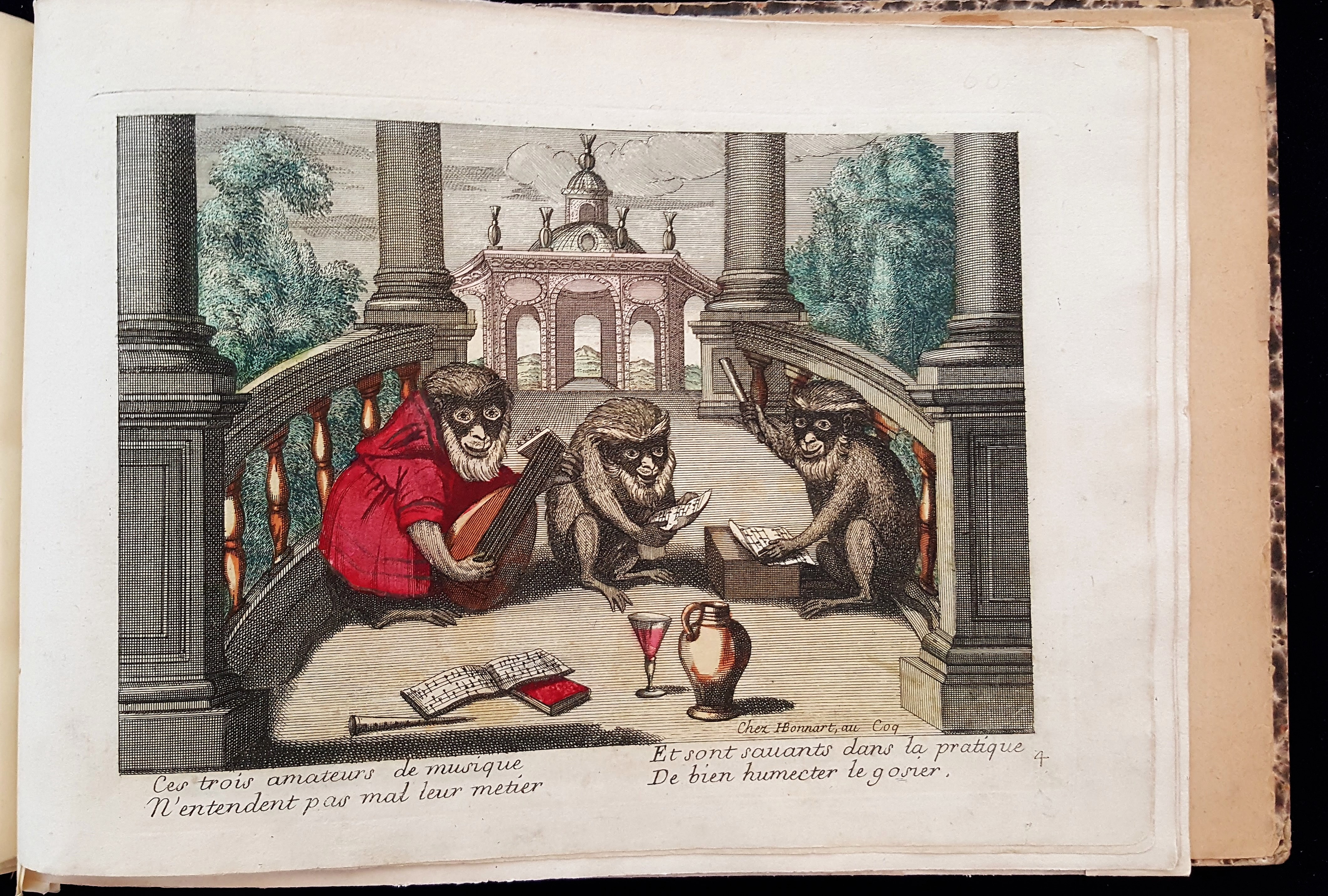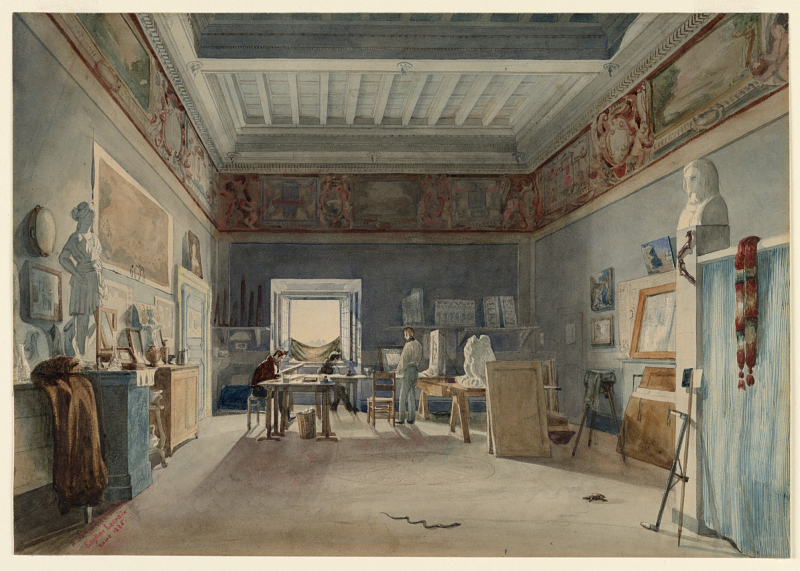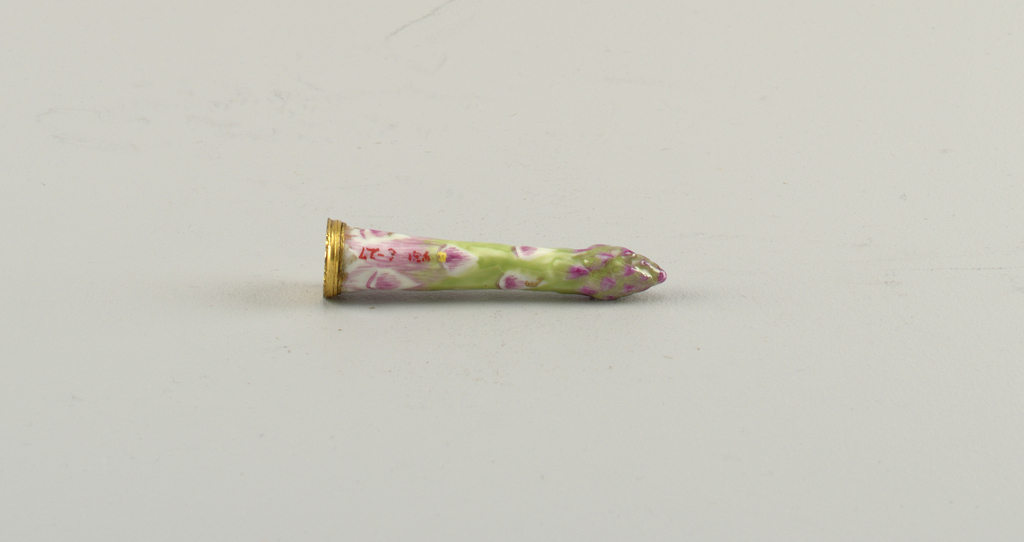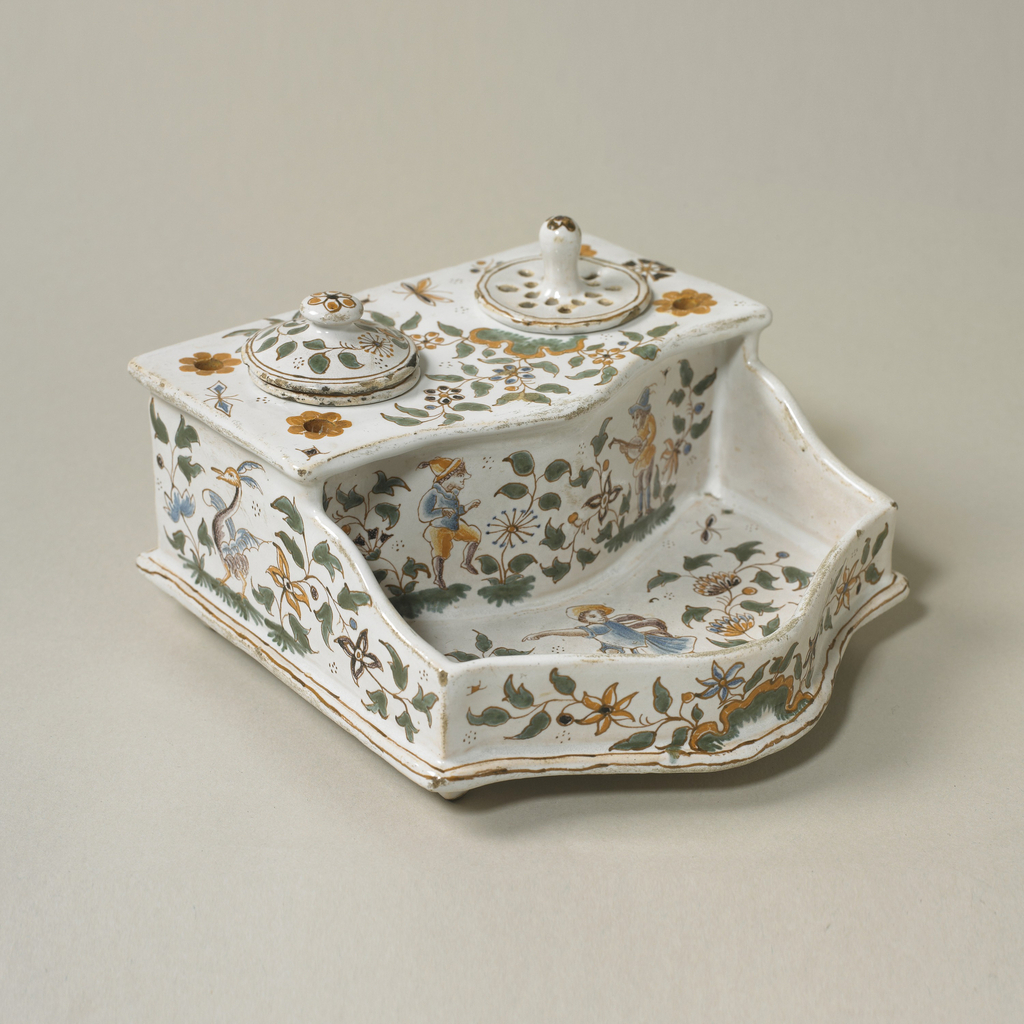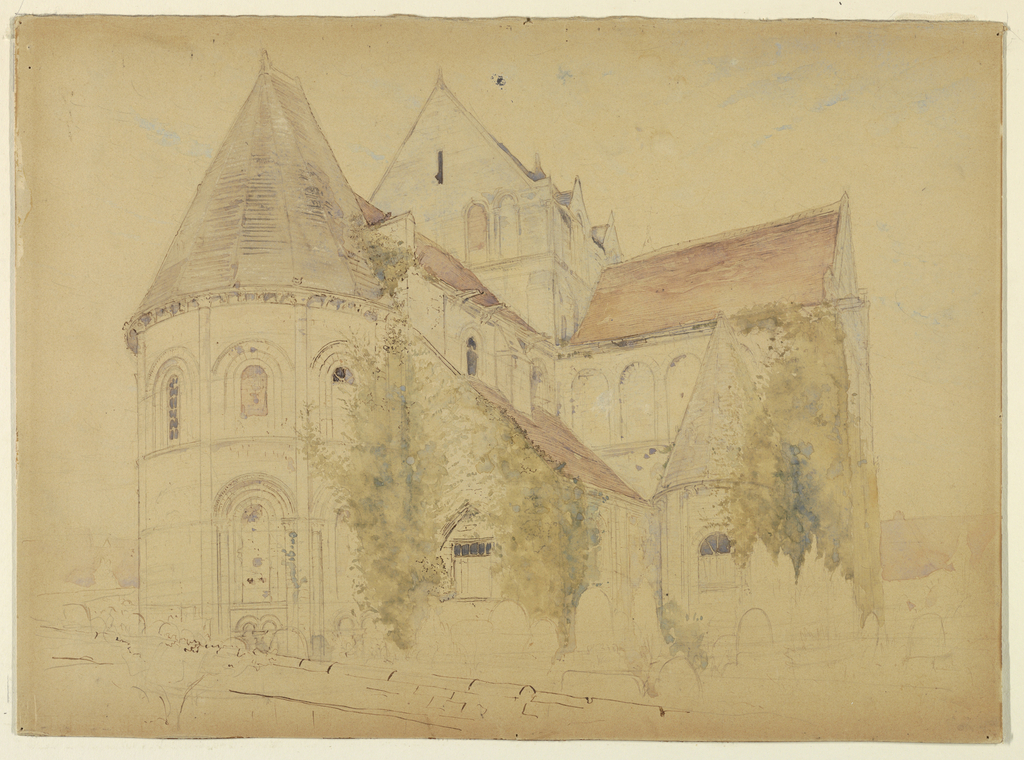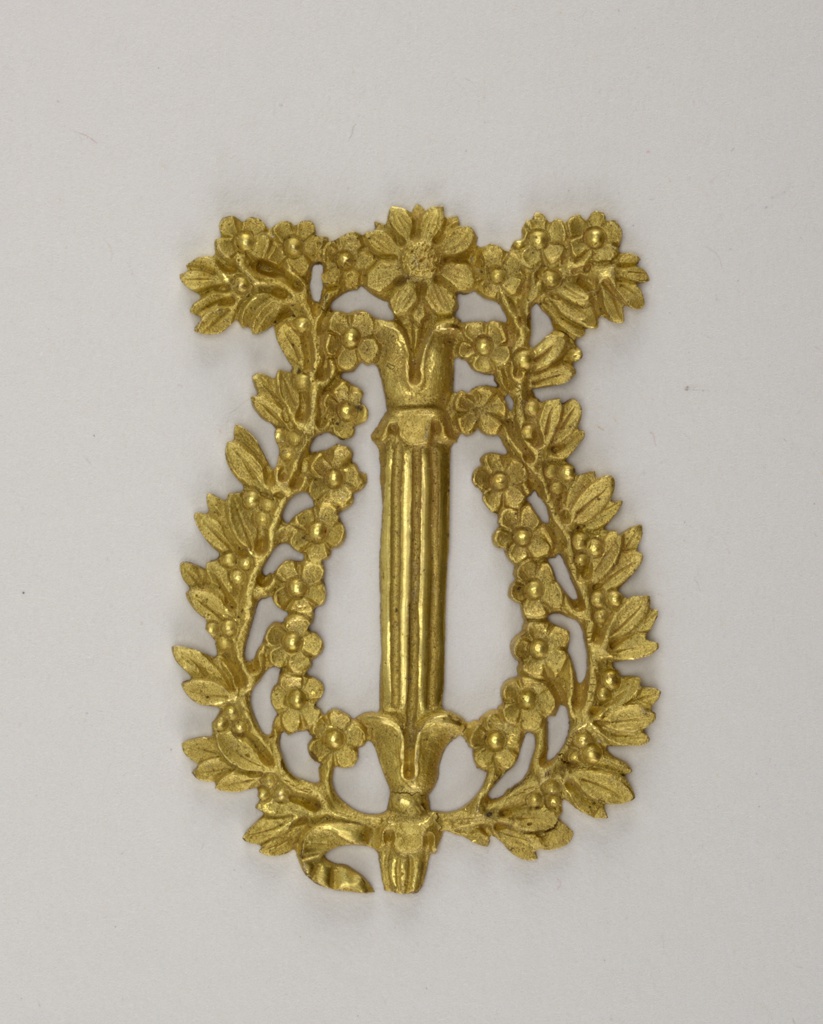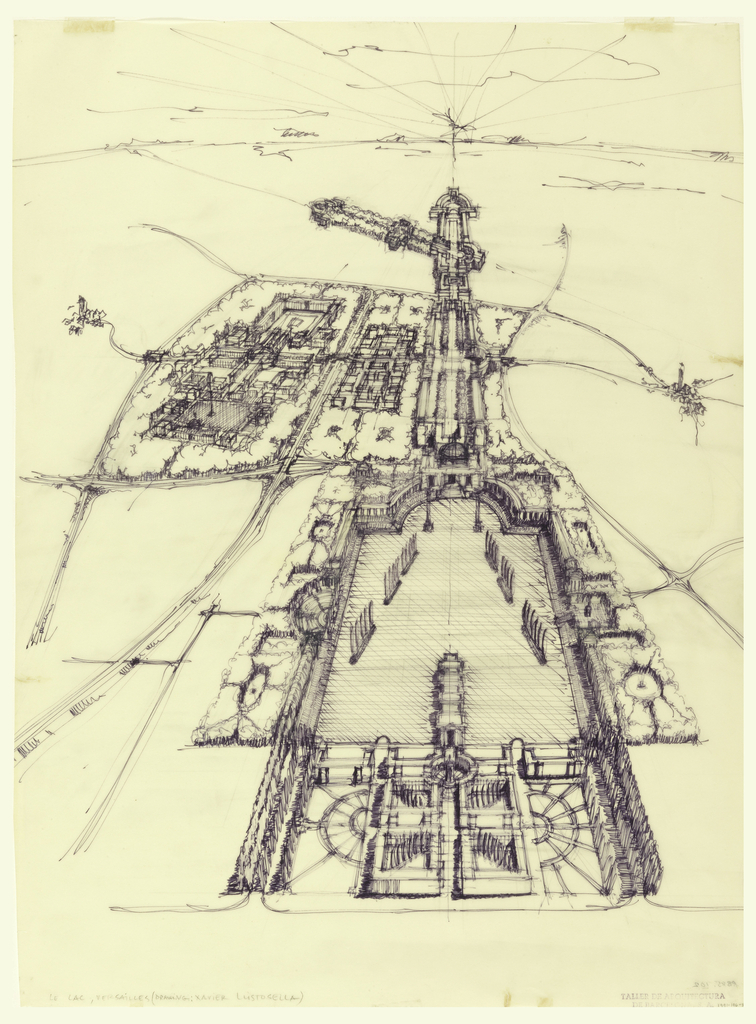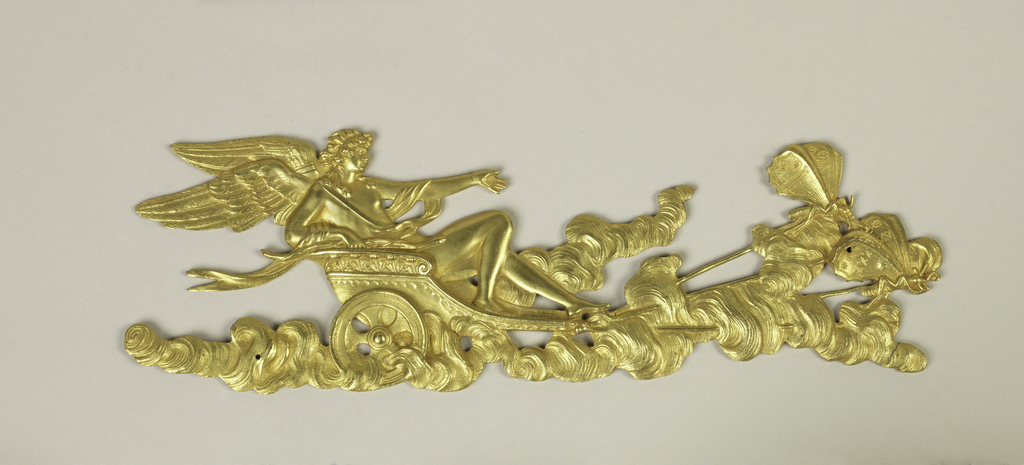The UAM Catalogue is one of many period resources in the Cooper Hewitt, Smithsonian Design Library that chronicle French Art Deco and the shift into modernism in the twentieth century. The UAM (Union des Artistes Modernes) was founded in May, 1929, by a group of French designers, decorators, and architects, led by Robert Mallet-Stevens, who were...
This is an arabesque wallpaper design from the late eighteenth century, containing two alternating views. The top view shows a woman, possibly Venus, within an arbor seated on a cross frame stool, playfully bouncing a putto, perhaps Cupid, on her foot. A tall urn sits behind her. A tree grows off to the left, towering...
Marie Antoinette and her entourage of costumers were obsessed with discovering the latest fashion trends in clothing, accessories and hairstyles. Despite the predominance and popularity of French fashion trends in the eighteenth century, the scarcity of printed fashion news and illustrations led to the publications of the first fashion plates in early British magazines for...
On July 14th, France and many other nations around the world celebrated French National Day, also known as Bastille Day. The date is the anniversary of the storming of the Bastille, which took place in 1789, and marked a turning point in the French Revolution. These days, this national occasion is usually marked with parades,...
Small Sofa for Count Bielenski, Grand Marshal of Poland is a print on white laid paper, etched and engraved by Gabriel Huquier (French, 1695-1772). It features a sofa or canapé designed in the Rococo style, framed by an interior wall decorated with carvings that mirror the graceful curvatures of the sofa’s structure. The goldsmith, sculptor,...
Monkeys have been a symbol in world cultures for thousands of years, representing qualities ranging from fertility, to evil, lust and wisdom. The negative image that the monkey had in Western culture gradually changed in the 17th century when monkeys were used as symbols to satirize human behavior in Flemish genre painting. This visual art...
In the rear of a large atelier of the French Academy in Rome, three students (called pensionnaires) are at work. One, by the window, labors over a drawing; a second stands near a bas-relief, and a third, seated, bends over a work in progress. The remainder of the space is filled with studio equipment: canvases,...
The book, Recueil des figures, groupes, thermes, fontaines, vases, et autres ornemens tels qu’ils se voyent a present dans le Château et Parc de Versailles / / gravé d’apres les originaux par Simon Thomassin, graveur du Roy provides a comprehensive catalogue of the sculptures within the gardens at the Palace of Versailles. Authored and published...
Trompe-l’oeil ceramics such as this porcelain étui modelled after an asparagus tip were all the rage in Europe and England during the 18th century. Etuis are small ornamental personal cases that were used to carry toiletry items or sewing tools, and would have been used primarily by women. Other examples of trompe-l’oeil ceramics included tureens...
Made of faience, a type of tin-glazed earthenware produced in France, this brightly colored inkstand held a pot for ink, a sander, pens, and various writing accouterments. Initially derived from Middle Eastern regions before the 9th century, faience developed in France during the 16th century; the French producers were largely influenced by Italian makers of...
Stanford White’s architectural legacy of beauty and sophistication is celebrated throughout New York City. Inspired by European architecture, White was a founder of the City Beautiful movement that spread across the country at the end of the nineteenth century. In 1878, as a young artist, White had traveled throughout Normandy and Belgium by train in...
Gilt bronze furniture mounts have long been an element of decoration in French interiors. In addition to their use as ornament, they were highly functional. Their gilded surfaces added value and appeal to what would typically be a basic utilitarian purpose: protection for furniture. The mounts were generally fixed to the edges, corners, and feet...
Ricardo Bofill’s architectural design, Aerial Perspective of the Lake, the Arcades, the Viaduct, and the Temple Housing Complex for St. Quentin-en-Yvelines (1981) displays the architect’s concept sketch for a monumental housing project to be constructed in the outskirts of Paris.[1] While the idea of constructing mass social housing in suburban Paris dates back to the...
This is a gilt bronze furniture mount made in France, in about 1800. Highly decorative mounts like this one were important elements in interior and furniture design from the late seventeenth to the early nineteenth centuries. They were created by master artisans trained in a strict guild system which applied exacting standards to the fabrication...
This verrière defines the classification of objects we call decorative arts: something that is both beautiful and functional. The function of the verrière is to cool wine glasses by inverting them and resting the feet and stems on the curved rim of the vessel, with the bowls immersed in cold water or ice. This type...
